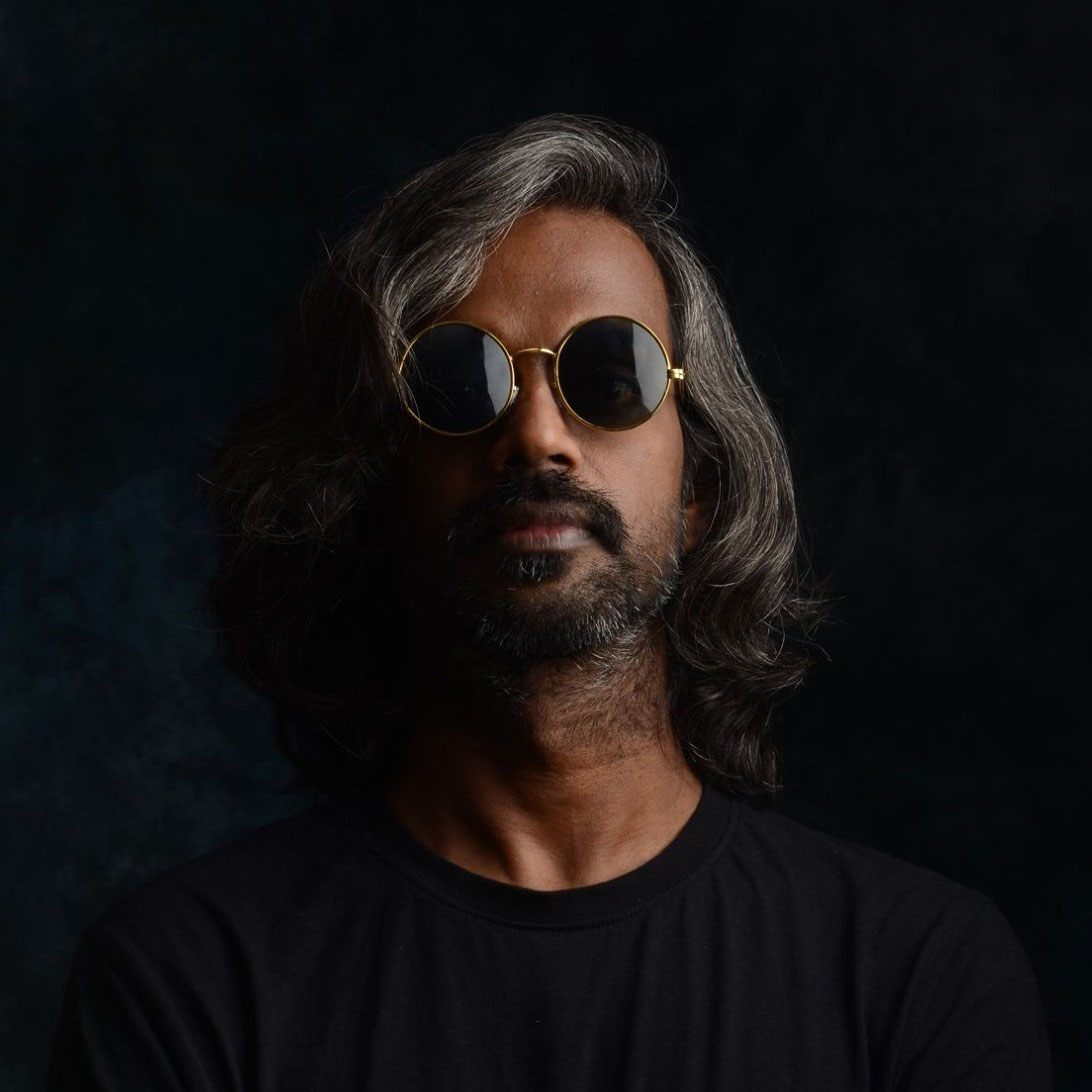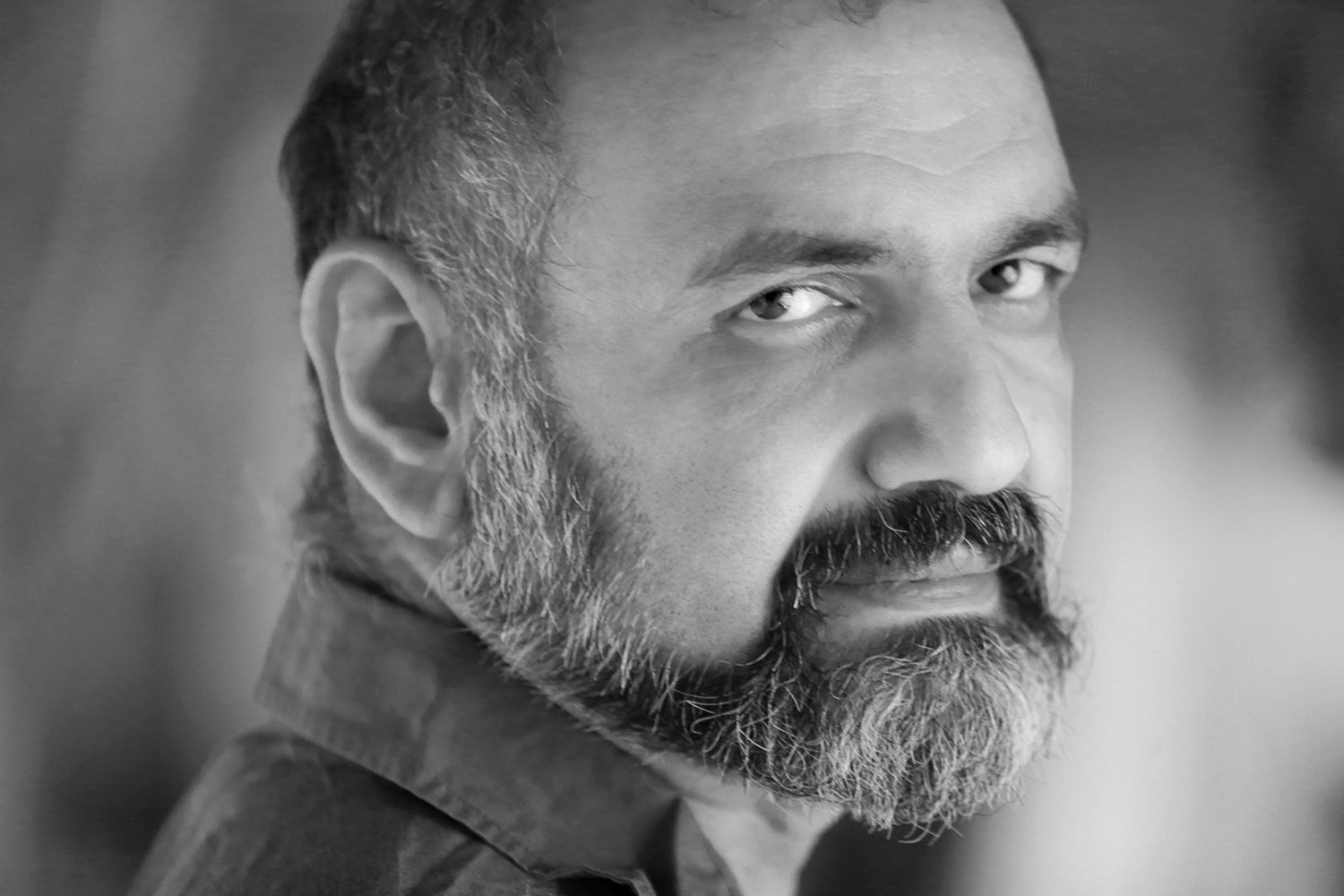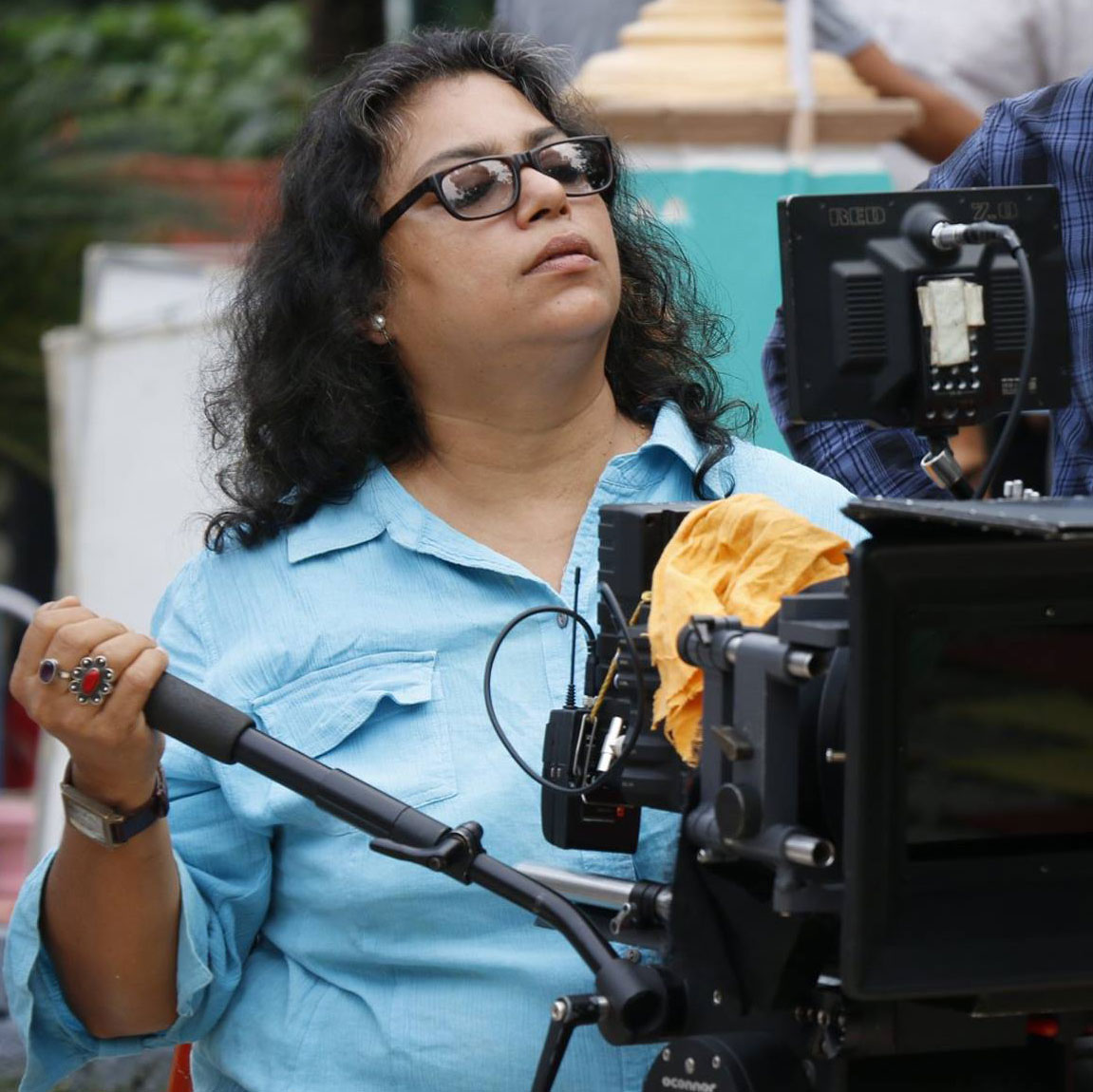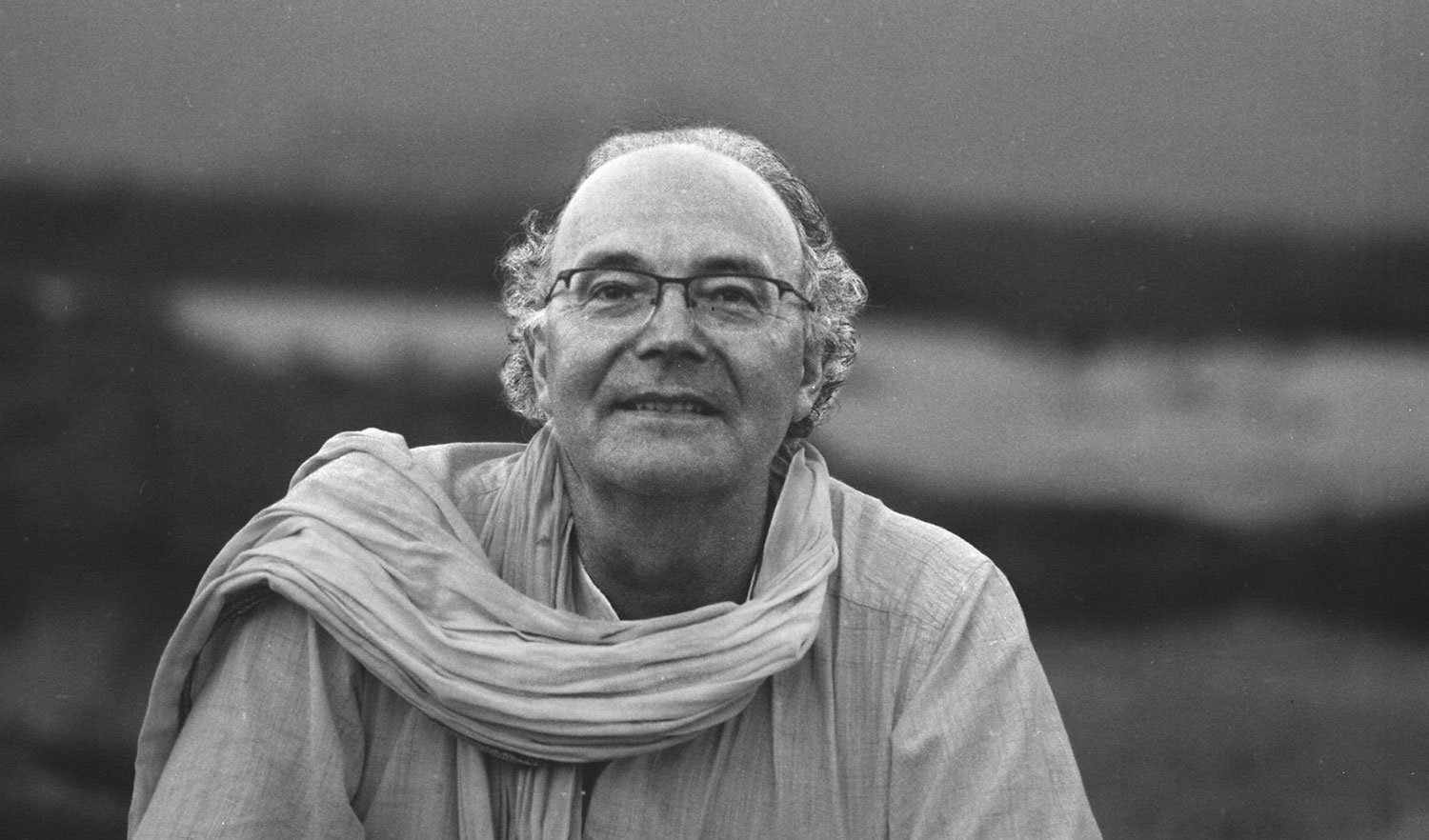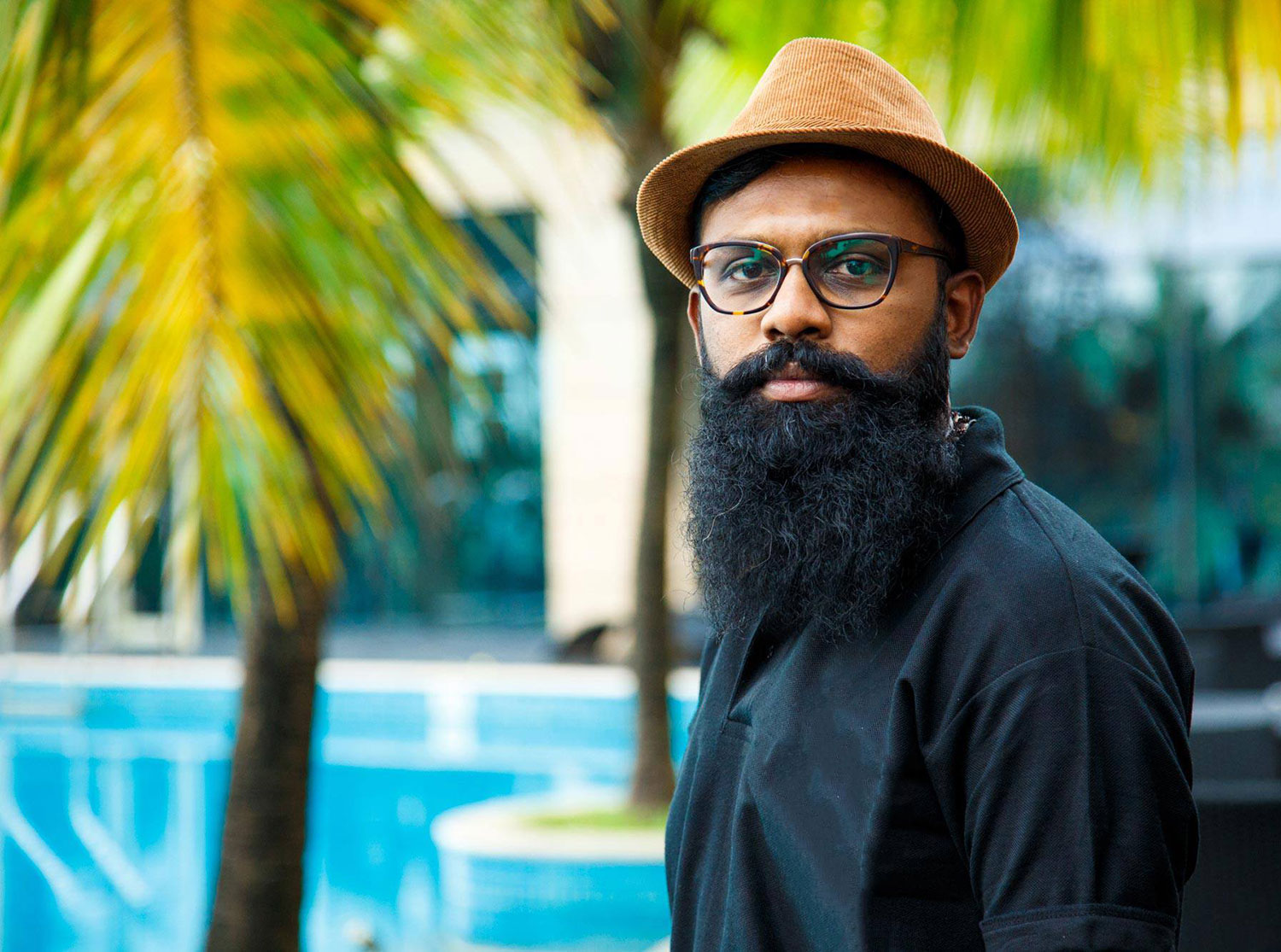Face to Face
Photo Mail publishes
Exclusive interviews
With photographers
Academicians and artists
From related visual
Arts practice

Pulavar N. Thyagarajan © Abul Kalam Azad 2017
N Thiagarajan is a poet, writer, political activist and amateur photographer. Thiagarajan was brought up in Poompukar, and has completed his matriculation in Poompukar, and further pursued a course under Madras University. Thiagarajan learnt English and Tamil from school, and developed each through personal reading and study. He soon joined the Tamil Manila Congress (TMC), and fondly remembers meeting Gandhi at Mayavaram (presently Mayiladuthurai). He was active in the freedom struggle and continued to work with the Congress after Independence. A noted poet and writer, the most significant book that he has published is Poompukar Varalatru Yechangal, which is an academic book on the history of Poompukar. His journey in photography began in the 1940s and he has photographed the town and nearby areas, focussing on the temples, temple art, gatherings and landscapes. Ekalokam Trust for Photography, a non-profit organisation dedicated to protecting and promoting contemporary photography, is presently archiving the analogue photographs made by N Thiagarajan.
How did your interest in photography start?
When I was young, I used to spend a lot of time watching landscapes. I was very interested. There are a lot of descriptions and information about landscape in Sangam literature too, which I read. One of my early interests was in finding out the differences between the photograph and reality. I wanted to see how I could photograph the sunset and sunrise beautifully, how beautiful it is when it goes into and comes back out from the horizon or the ocean. The reflections in the water and the silhouette of the trees attracted me very much.
The sun setting in the ocean isn’t visible here, so I went to Kanyakumari to get a proper sighting. There, I got a unique view of the sun setting on one side and the moon becoming visible on the other. I wanted to compile such natural scenes in the form of photographs. In Sangam literature, in Thirumurugathruppadai, there is a mention of the sun rising as being similar to the image of Murugan waking up. There are four lines which describe this scene and Murugan’s beauty, and it is with this understanding that I take photographs of the sunrise. In the same way, when the sun rises, if there is a dark cloud, the sun lights it; and through it, the light comes onto the palm trees, creating a true spectacle.
In the rainy season, in the waterlogged farmlands, the reflection of the sun is visible in beautiful shades. For me, whatever I see, I must record it in the form of photographs, and whatever I hear, I must record in the form of writing. I desired it, was very passionate about it.
So you’ve been photographing since your childhood?
Yes, it came naturally to me, when I was 15 years or so. One of my father’s friends, a South African man, had come here and I saw a Kodak 116film camera with him. This was my first introduction to photography. I asked my father to buy that camera for me. I got a camera and it also had a flash, which I used to make a lot of photographs. Until I was 18, I continued to use that camera.
I wanted to get a better camera after that. I wanted to buy the best I could. I looked for a Rolleiflex body and a Tessar lens, which a brother-in-law of mine who was in Singapore bought for me. It was a box camera, and I began to use it regularly and made many photographs.
Do you go travelling specifically to take photographs?
No, I simply take my camera wherever I go and capture some images.
I used to go to fields, gardens, nearby groves or beaches during the rainy season. I would go on short tours, and naturally, I would see cattle grazing or ploughing and I would shoot those. I was specifically attracted to landscapes, silhouettes, palm trees. In those days, magazines like Kalki, Kalaimagal, Illustrated Weekly used to publish a lot of photographs. I would send 50-60 images.
Did they get published?
Yes, yes, they would be published. For almost 10 years, I was regularly published. Every year, some were published in Pongalmalar.
They would also publish the images I took of bronze sculptures and idols.
Chola bronze?
Yes, Chola bronze. I have many photographs of those too. I like taking close-ups of such rare sculptures.
How did you get the dark backgrounds while photographing the sculptures?
I bought a blue cloth, solely for using as a background for my photographs. I would light the sculptures with flash, and some I would photograph in the available light.
The flash worked differently in those days. The bulbs would burn often, and had to be replaced. There was a bulb called Sylvania flash bulb. I would buy a dozen of it.
How do you know about temple art?
I learnt about in on my own, by reading books related to it and by referring mythology. There are a lot of people who have written about temple art, like Thirugnanamurthi.
I’ve also made photographs of several archaeological findings. Some of the coins I’ve photographed are from 1st century CE.
What did your father do in South Africa?
He ran a shop there. He bought the first camera that I used. It was my brother-in-law who bought the other equipment for me, after my father came back.
Around 1930, my father returned from South Africa. He was in South Africa while Gandhi was organizing the civil rights movement there. My father was one of the four partners who ran the business. Two people would be in South Africa and the other two would be here.
When did you buy your first camera?
Must be in the late 1940s, maybe 1950.
In the 1970s, I bought a Planar lens, a 50 mm lens, a Rolleisoft and other auxiliary equipment. The Planar lens cost 5000 rupees. I used the close-up lens to photograph small sculptures, forms and details, and also some bas-reliefs. Rolleisoft, I used to photograph certain reflections and landscapes.
How did you learn to operate the camera?
From the handbook that came with it. It describes focus, diaphragm and shutter well enough. Later, through experience, I learnt how to set the exposures according to the light.
Have you photographed any local happenings, maybe concerts or such events?
Yes, nadaswaram, vocal and scripture recitals. Apart from that, I’ve photographed prominent leaders and personalities and some public meetings.
What about dance or theatre performances?
Yes, I’ve photographed a few. But someone took the negatives saying he’ll do an exhibition or make a video or something, and he never returned it.
I had photographed 20 different dance postures. I took them during a performance in Chennai, which happened over 3 days. The performance was based on Cilappathikaram, done by Chamundeshwari. Ma Po Si, V C Chettiyar were part of it. Prominent dancers performed there. I took photos of those, but they were the ones that were taken away. Maybe one or two remain somewhere among the negatives I gave to EtP.
M L Vasanthakumari was my classmate. I’ve photographed her during a concert, which I have not sent anywhere for publication.
Have you photographed animals?
No, but I’ve taken photographs of birds nesting, eggs hatching and such activities. I would follow the birds and try to capture their life.
I have taken photos of bees sitting on flowers, and I lit the frame with a magnesium torch.
You have also been writing poetry. How do you relate it to photography?
I used to link them directly. I would paste a photograph on a page and write a 2 or 3 line poem under it, taken from Sangam literature. Under the photographs of academicians and thinkers, sometimes I would write their major quotations or summarize their philosophy in a short text.
Do you have photographs of the prominent political leaders of the time?
I have taken photographs of leaders speaking in meetings and gatherings. Annadurai, Karunanidhi, Nedunchezhiyan, Anbazhagan apart from Tamil scholars like Ma Po Sivagnanam, Ma Cha Gnanasambandan. I have shown these photographs to them too, and they used to appreciate these photographs.
Did you learn to write poems from anybody?
I had interest in Tamil and learnt it. Gradually, I became interested in Sangam literature. I would read commentaries and understand the meaning and nuances of the poetry.
Have you learnt from any specific individuals?
Yes, from Manickavasaga Mudaliar, from Gopal Iyer in Trichy and Dr. Mu Varatharasanar. I read their books again and again, and from them I derive a certain training and learning for myself. This is the knowledge with which I analyze literature. I also attended meetings where such people speak and also music concerts of masters like Seerkazhi Govindarajan, and these exposures also helped me in writing poetry. I have photographed those too.
Does your Saiva thought reflect in your photography or poetry?
I have photographed many religious places, temples, ceremonies and all.
I have tried to take photographs that match or equal certain words and ideas that appear in Sangam literature. For example, there is a poem by Appar which describes God in great detail. A sculptor has understood the essence of the poem, and visualized it in a sculpture. Some people paint such ideas. I take photographs of these sculptures and drawings.
Where do you print your photographs?
In Mayiladuthurai, sometimes in Coimbatore.
Was there a studio in Mayiladuthurai when you began photographing?
No, I used to send to GK Vel, in Madras. I have got them to print a lot of my images.
You used to send all your film rolls to Chennai?
Yes.
Do you still take photographs?
Yes, I’m using digital cameras now. I had a Leica and a Cybershot. I use a Canon camera now.
Published on December 6, 2017
Share
Related Articles
Interview with Selvaprakash Lakshmanan
Selvaprakash Lakshmanan is an independent photographer based in Bangalore. He earned his Masters in Communication from Manonmaniam Sundaranar University, Tirunelveli (2000 - 2002). In the year 2002, he started his career in photography as a staff photographer for Dinamalar, a leading Tamil newspaper and has later worked with Dinakaran, DNA and Time Out Magazine. His photographs have been published in leading National and International newspapers and magazines and exhibited in photo festivals. In this exclusive interview, he is sharing his work life and thoughts on photography.
Interview with Ramesh Varma
Ramesh Varma is a noted stage actor and director. He is also a Kathakali performer and has acted in lead roles in few Malayalam cinemas. An alumnus of Maharaja’s College, Ernakulam, and School of Drama, Thrissur, he is currently a lecturer in the theatre department in Sree Sankaracharya University, Kalady. His theatre works are notable for their focus on regional aesthetics and forms, with due importance being given to innovation and contemporary thought. He takes keen interest in photography, and has been practicing it diligently for the past six years. The numerous and varied photographs taken during his ‘Morning Walk’, a series of black and white images, are indeed theatrical, in the truest sense. Ramesh Varma has worked as a curator in ITFoK. In this exclusive interview by Arjun Ramachandran / Photo Mail, Ramesh Varma talks about aesthetics, the direction, and the future of theatre, while touching on the personal and the political facets of expression in different media.
Interview with Fowzia Fathima
Fowzia Fathima is a cinematographer, who graduated from the Film and Television Institute of India, Pune. She is well-regarded as a teacher, having taught in various institutes including the Satyajit Ray Film and Television Institute. She has recently come into further prominence for pioneering the Indian Women Cinematographers’ Collective – a first of its kind effort in uniting women cinematographers across the Indian film industry.
Interview with Thierry Cardon
Thierry Cardon is a French photographer born in Zaire. He spent his teenage years in Morocco before studying in Paris School of Fine Arts. He now lives in Blois, where he devotes himself to his librarian job, his art therapist's activities at a psychiatric hospital for children, and to photography. A dedicated printmaker and an educator, Thierry conducts workshops for young and aspiring photographers. He has published several photo-book and has exhibited in art galleries and other spaces in France. He works with traditional techniques, has mastered different chemical printmaking processes, and admits to consciously taking a slow route towards the end result, comparing it to meditation. Thierry uses digital technology only minimally, stressing that knowledge of traditional techniques is crucial to gaining flexibility and escaping the narrow avenues offered by commercially popular methods and prints. He was part of Ekalokam Trust for Photography's Project 365 Tiruvannamalai Public Photo-art Project done in 2014 - 2015.
Interview with Jiby Charles
Bangalore-based photographer Jiby Charles is one among them. Born in Cochin, he has travelled across India, his photographic interest being wildlife, landscapes and the Indian wilderness. In this interview, Jiby shares his experience as a Project 365 photographer.


